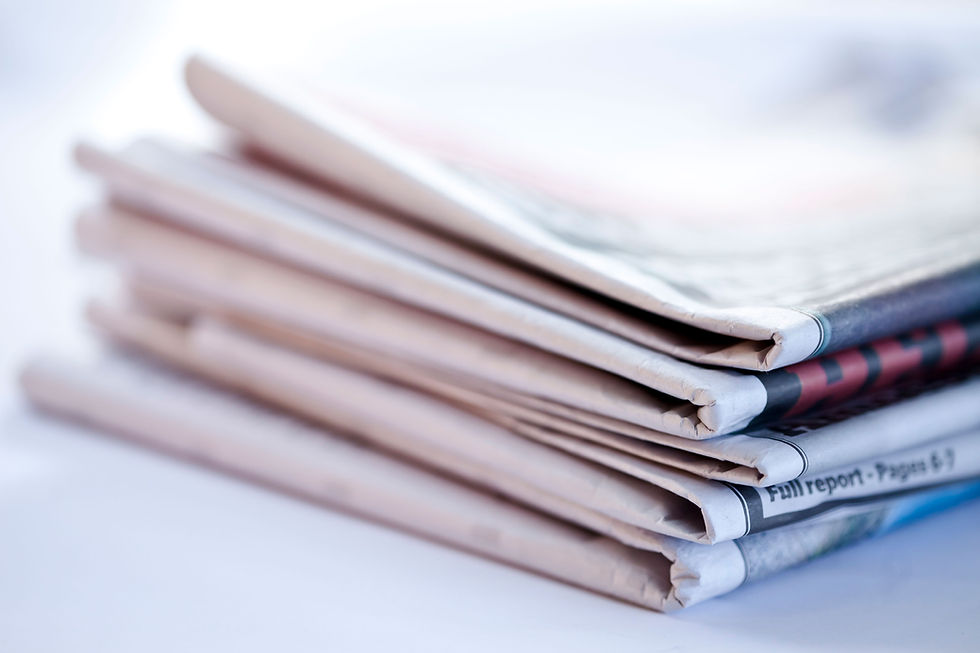
Entering the sleek, modern office building, anticipation and nerves coexisted within the job seeker. Meticulously prepared for the interview, rehearsing responses to potential questions, polishing the resume, and choosing the perfect professional attire—all contributed to a sense of confidence as they stepped into the designated meeting room. The expectation was to face a human interviewer, a person whose judgment would determine the trajectory of the job seeker's career.
The initial exchanges adhered to the standard procedure— a firm handshake, polite introductions, and the familiar ritual of small talk to ease into the formal proceedings. Qualifications, experiences, and aspirations flowed seamlessly, each word carefully chosen to present the ideal candidate for the position. The interviewer, expressionless, listened attentively, occasionally nodding in acknowledgment.
As the conversation progressed, a certain efficiency in the interviewer's responses became apparent. There was an absence of subtle human cues—no fleeting smiles, no discernible shifts in body language. Initially attributed to the professional demeanor expected in such settings, a growing sense of curiosity lingered beneath the surface.
The realisation struck like a bolt of lightning when the questions took an unexpected turn. The interviewer began probing with a precision seemingly beyond the scope of ordinary human intuition. Questions delved into minute details of past experiences, extracting nuanced responses that felt more like data points than the insights of a discerning human mind.
In a moment of bafflement, the job seeker decided to take a closer look. On the corner of the interview room's sleek table sat an innocuous-looking tablet. Unassuming and inconspicuous, it held the secret to the enigma unfolding before them.
The interviewer was not human—it was an artificial intelligence chatbot, meticulously designed to evaluate and select potential candidates.
The initial shock gave way to a wave of mixed emotions. There was a certain irony in realising that the job interview, a quintessentially human interaction, had been facilitated by a machine. It raised questions about the evolving landscape of employment, the integration of technology in hiring processes, and the implications for the human touch in critical decision-making moments.
Navigating through the rest of the interview, a sense of adaptability kicked in. The digital interrogator continued its probing, and the job seeker responded with a blend of awe and amusement. The realisation that their fate hung in the balance of algorithms and programming lent a surreal quality to the experience, blurring the lines between the organic and the artificial.
Ultimately, the interview concluded, and the job seeker left the room with a cocktail of emotions. The optimism that had accompanied them into the office morphed into contemplation. In the era of AI-driven interviews, where lines between human and machine blur, the nature of professional interactions is undergoing a paradigm shift. The traditional dynamics of rapport-building, intuition, and empathy are juxtaposed against the cold precision of algorithms.
The experience served as a poignant reminder that as technology continues to advance, so too must our understanding of its impact on the human experience. The future of employment, it seems, is intricately woven with the threads of artificial intelligence, and job seekers must now navigate a landscape where even the interviewer may not be human.
Stepping out of the office, the job seeker couldn't help but wonder: in the age of AI interviewers, what new frontiers await, and how will human resilience adapt to this evolving professional landscape?

